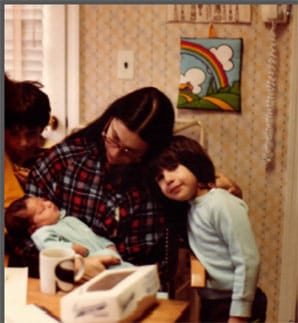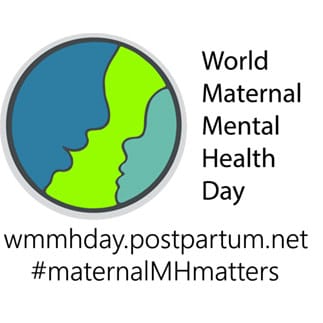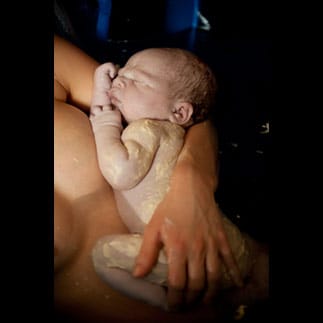
As a newly minted Somatic Attachment Therapist, I recently attended a Master Class on self-love as an embodied practice. What does that mean? Many of us find it hard to love ourselves, especially the ‘unlovable’ places within. Through our conditioning and our upbringing, we receive the message that we are not lovable, and that can feel very threatening as a young child. So, we push the feelings that caused that internal conflict away. We can lose touch with our feelings in the body that stop us from loving ourselves completely. Over time they become so buried that we forget why we struggle to answer the question, “Can I love all of myself?” When we locate where in the body those feelings reside, we can begin to reconnect with how it feels in the body.
I must admit that I couldn’t answer that question in the affirmative, because I have strong reactions that often rule my emotions. This is a Part of me that I don’t love, and during this Master Class we were facilitated in forming an empathic connection with the Part that we cannot accept. Developing a felt sense in the body creates an opportunity to befriend the Part that has been exiled, and as we turn toward this Part with curiosity and warm interest, we can learn a lot about why this Part was born in the first place. And then we can clear it, with the possibility of feeling more whole. That wholeness opens the door to being able to answer the question “Can I love all of myself?” with a definitive yes!
There are various therapeutic models that focus on Parts. Internal Family Systems (IFS) is one of the original modalities to embrace the notion of Parts as aspects of ourselves that struggle for recognition. The practitioner who did our Master Class developed Inner Relationship Focusing (IRF), based on the work of Eugene Gendlin, author of Focusing, as the way to connect with a felt sense of our emotional experiences. Her model emphasizes three concepts: self-in-presence, as a state of being that supports change; identification/disidentification, in which we learn to disidentify with Parts that had previously been merged with our personalities; and empathic connection with one or more Parts.
The process of disidentification with a Part uses language that creates a space between what we’re feeling and ourselves, by using terms like “I am sensing…”, “Something in me feels…”, and “I am saying hello to that.” As we went through the experiential activity of identifying a feeling that we were having and using this process, we also encountered another Part that doesn’t accept what that feeling is. In my case I identified my anger, and after acknowledging that, I said “I can’t accept my anger.” The next step was “I am sensing something in me is angry, and something in me can’t accept it.” Then, “I am saying hello to both parts of me. I am here with both.” I was then able to locate in my body where the anger was and where the unaccepting Part was, and once I connected with the anger (but did not identify with it), I was able to learn where the source of it came from. It was remarkably healing.
Being loved and loving ourselves is our birthright, and the hallmarks of an emotionally healthy life are self-love, self-compassion and self-acceptance. In my online course, 8 Keys for Thriving in the Fourth Trimester, there is a whole module on self-care, which reviews each of these aspects of emotional health. These three concepts tend to fold into each other, and I find that self-compassion and self-acceptance are the prerequisites of self-love. How many of us engage in self-talk that is critical and judgmental? We would never talk to a dear friend the way that we talk to ourselves. I have been learning mindful self-compassion and it makes a big difference in my ability to stop negative self-talk. Self-acceptance takes us back to the Parts that are not accepting of our feelings, a message that probably originated in our early childhood conditioning. That’s the reason why we say hello to those Parts, letting them feel known and accepted, leading to greater self-acceptance. Then there are fewer barriers to loving ourselves, with compassion and acceptance. We are bringing love to our unlovable Parts.
Getting back to the somatics of self-love, take a moment to put your hand on your heart, and acknowledge what’s happening in your life. Take a deep breath, and sense into your body for the answer. Maybe the answer is accessible, or maybe it’s so deeply buried that it’s hard to find. If you find a feeling connection to the body, you can go through the process I described above about sensing something without identifying with it and then welcoming it. Keep breathing deeply (because sometimes we breathe very shallowly when we are dealing with difficult feelings), and when you are finished, give yourself a big embrace by wrapping your arms around your body. You are loving you and loving your Parts too. This leads to wholeness, and the possibility that you can answer the question “Can you love all of yourself?” in the affirmative.
I’m going to finish with a poem I found by Angelica Moon, that speaks to the common experience of many growing up in an environment that was not accepting, compassionate or loving. It can be a struggle to overcome these debilitating early life circumstances, but it can be achieved as we grow in self-compassion, self-acceptance and self-love.
It’s okay to let go of those who couldn’t love you.
Those who didn’t know how to.
Those who failed to even try.
It’s okay to outgrow them, because that means you filled the empty space in you with self-love instead.
You’re outgrowing them because you’re growing into you.
And that’s more than okay, that’s something to celebrate…
— Angelica Moon
Blessed be.







